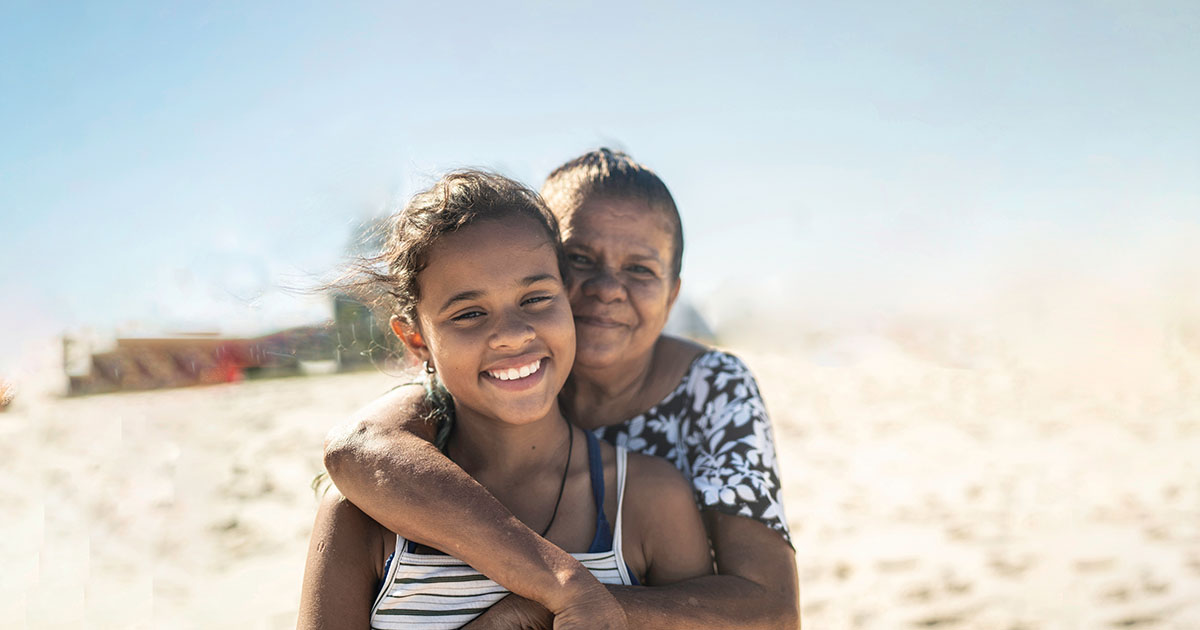When one life event triggered homelessness in two older women
- Details
These are the stories of two women.
The first, Ivy, spent two decades sleeping in the tunnel of a train station after her marriage ended in divorce when she was 60. With no savings, no superannuation and no job skills, Ivy fell into a frighteningly fast downward spiral and soon had nowhere to live. Not wanting to be a burden on her adult children and too ashamed to ask for help, Ivy ended up sleeping rough on the streets.
Ivy was almost 80 when she was hospitalised with pneumonia. After she recovered she was brought to Charles Chambers Court, one of Mission Australia’s residential aged-care facilities. For the first time in 20 years, Ivy was safe from the violence and hardship of the streets but it took her a long time to trust the people around her and adjust to her new living conditions.
The second woman, Margaret, is 60 years old – the same age as Ivy when she was divorced. Margaret’s husband died over ten years ago, leaving her with a debt that forced her to declare bankruptcy. She moved into a private rental but the rent kept rising to the point where it was no longer affordable. Confronted with the real possibility of becoming homeless, Margaret contacted Housing Commission for support. As Margaret has a physical disability that requires her to use a wheelchair, she needed an accessible home and this proved hard to come by.
Margaret was put in touch with Mission Australia Housing and was soon housed in an affordable and wheelchair-accessible unit in Cambridge Park in New South Wales. She has lived as part of that community for the past six years, regaining her sense of security and wellbeing along with her independence.
Ivy and Margaret are two women with much in common but very different outcomes.
We know from our services and the wider sector that homelessness among older women is a growing problem. We also know that early intervention and affordable housing are the keys to preventing homelessness and moving people out of homelessness when it occurs.
Without a significant increase in appropriate affordable housing, the numbers of vulnerable older women without a safe place to live will continue to climb. That is why Mission Australia is urging Commonwealth, State and Territory governments to facilitate the funding of at least 200,000 new social homes by 2025 and to update existing social infrastructure.
Addressing retirement income policies is also an important part of the puzzle, with the age pension built on the assumption that people will own their homes at the point of retirement and therefore will need less income to survive. For older women who don’t own homes outright, the pension is increasingly inadequate to cover rental or mortgage costs, especially in major cities.
We also need to urge older people to reach out for help. Older women living precariously or homeless for the first time may feel too ashamed to ask for support, but contacting homelessness services early can prevent them from falling further into a crisis situation.
With a secure home base, these women can stabilise other areas of their life, gain or maintain their social networks, tailor health and other ongoing supports around them and take their first steps back towards independence.

Catherine Yeomans
CEO Mission Australia
@cathyeomans
Related media releases
Read about what we’ve been working on, our stance on important social issues and how you make a difference to vulnerable Australians' lives.



